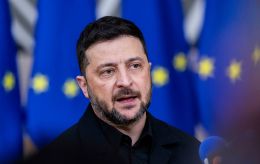Kremlin's gray zone: How Russian corruption thrives in occupied Ukrainian territories
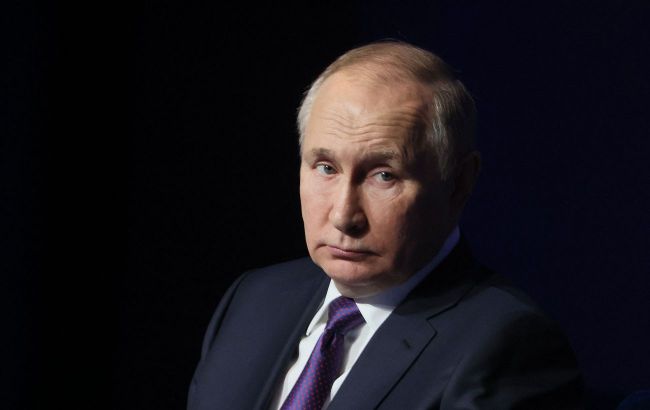 Vladimir Putin (photo: Getty Images)
Vladimir Putin (photo: Getty Images)
Having occupied Ukrainian lands, Russia promises to restore them quickly but steals from its own funds allocated for so-called great development. RBC-Ukraine's article reveals what schemes the Russians are using, how newly rebuilt residential complexes are falling apart in Mariupol, and who is overseeing this process from the Kremlin.
When Russia launched its full-scale invasion of Ukraine, one of the driving narratives was the so-called liberation of Ukrainians. Russian propaganda told us that Ukrainians were being liberated from the so-called terror of the Kyiv regime, tyranny, and poverty. Kremlin journalists constantly emphasize how badly people live in the territory controlled by Ukraine and how well and prosperously those who have been so-called liberated have lived.
To confirm their words, the Russian media periodically run stories about how quickly and efficiently dilapidated Mariupol is being rebuilt, how many tourists come to the captured Berdiansk, and how Donetsk has been flourishing under Russian control for more than a decade. In reality, the situation is somewhat different - the occupied regions have turned into a territory for the Kremlin to terrorize the local population and launder budget money.
Exceptional conditions
"There will be a simplified registration option for our territories. As soon as I receive the calculations, I will see your calculations, I think everything will be resolved. There will be more money than opportunities."
These are the words head of the occupation administration of Kherson Vladimir Saldo while talking to affiliated contractors who came from Russia to help so-called rebuild the Kherson region. And when he says that there will be more money than opportunities, he is indeed right - in 2023, the Kremlin allocated more than 70 billion rubles (31.9 billion hryvnias) for the Kherson region alone.
The occupation authorities immediately came up with unrealistic projects to use the huge funds, such as building a city on the Arbat Spit or building a road from Henichesk to Kharkiv. When distributing the budget for the Kherson region, Moscow decided not to limit itself to the seized territories, distributing money to the right bank as well. Speaking about this, Saldo does not hide his smile.
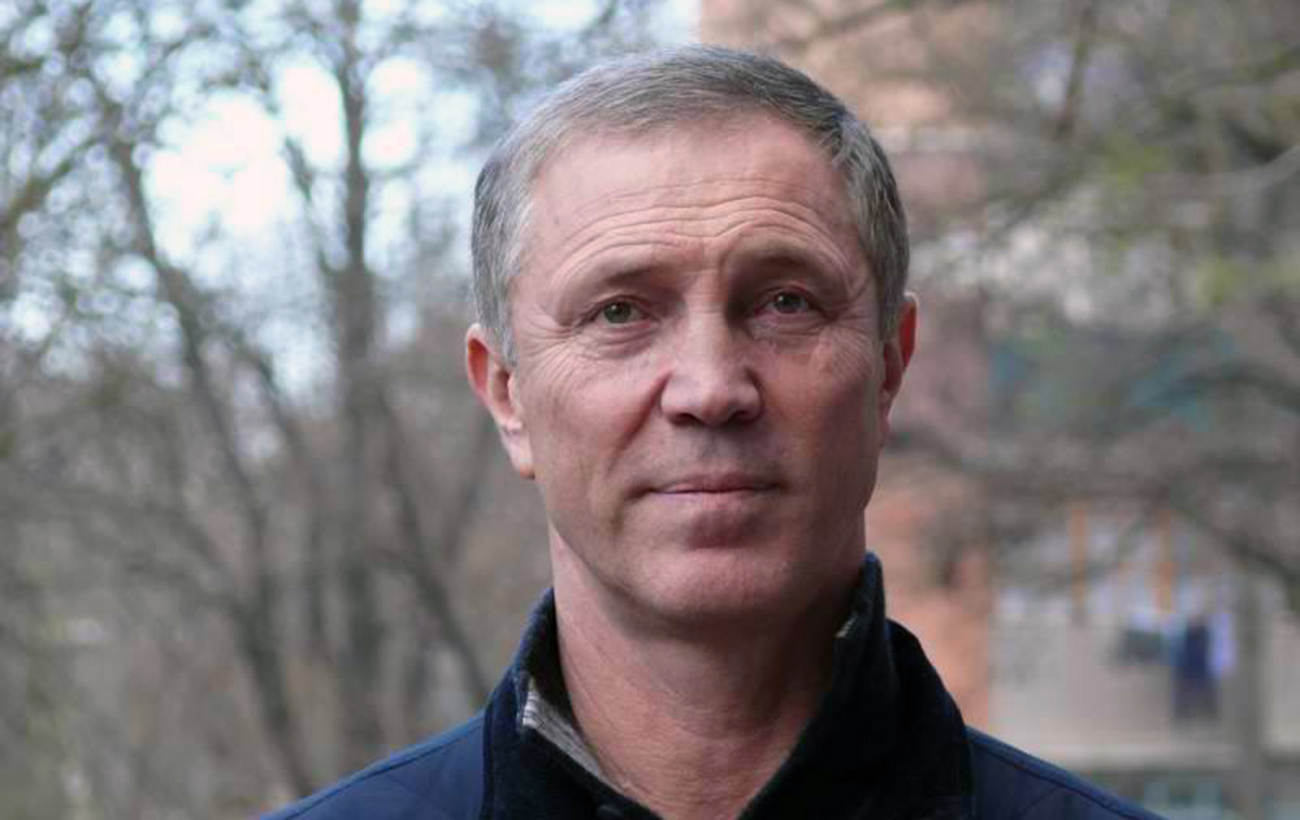
Vladimir Saldo (photo: Facebook)
In total, in 2023, the Kremlin planned to allocate 483 billion rubles (220.2 billion hryvnias) to the occupied Ukrainian regions, and in 2024, this amount was to be increased by 35%. At the same time, a new poverty record was set in Russia in 2023 - according to Rosstat, 9.3% of Russians live below the poverty line.
To demonstrate the loyalty of the Russian world, Moscow has simplified the scheme of obtaining contracts for work in the occupied regions as much as possible. Procuring entities may not comply with the maximum value rules, conduct procurement through a single supplier, publish procurement on the day of the contract (leaving no room for competition), not publish information about the procurement at all, etc. The process of procuring a particular service for those seeking to build something in the occupation has become one big exception.
In this way, the Russian authorities are trying their best to pretend that the so-called new territories have some kind of special status and privileges. They are being taken care of, allocated unprecedented amounts of money for the poor regions of the Russian Federation, and all the necessary conditions are being created for their rapid recovery. The conditions created are needed for one thing - a simplified scheme for stealing budget subsidies.
Kremlin's vertical
Each occupied region has its own so-called supervisor. In Donetsk region, it is Denys Pushylin, in Zaporizhzhia region - Yevgeny Balitsky, in Luhansk region - Leonid Pasechnyk, in Kherson region - Vladimir Saldo, and in Crimea - Sergey Aksyonov. All of these people, except Aksyonov, traveled to the Kremlin in September 2022, solemnly signed so-called acts of accession of the regions to Russia, and shook hands with Vladimir Putin.
Despite the attempt to create the impression that the heads of the occupation administrations are deciding something, they are frontmen whose main job is to help implement the Kremlin's ideas on the ground. They play no decisive role in the so-called development of federal budget funds.
Two people in the Kremlin are in charge of the occupied territories of Ukraine - First Deputy Head of the Presidential Administration Sergey Kiriyenko and Deputy Prime Minister Marat Khusnullin. While the former is in charge of the political component, Khusnullin is in charge of the economic sphere. In other words, the deputy head of Russia carefully ensures that the federal budget allocated to the occupied regions ends up in the pockets of the Kremlin elite.
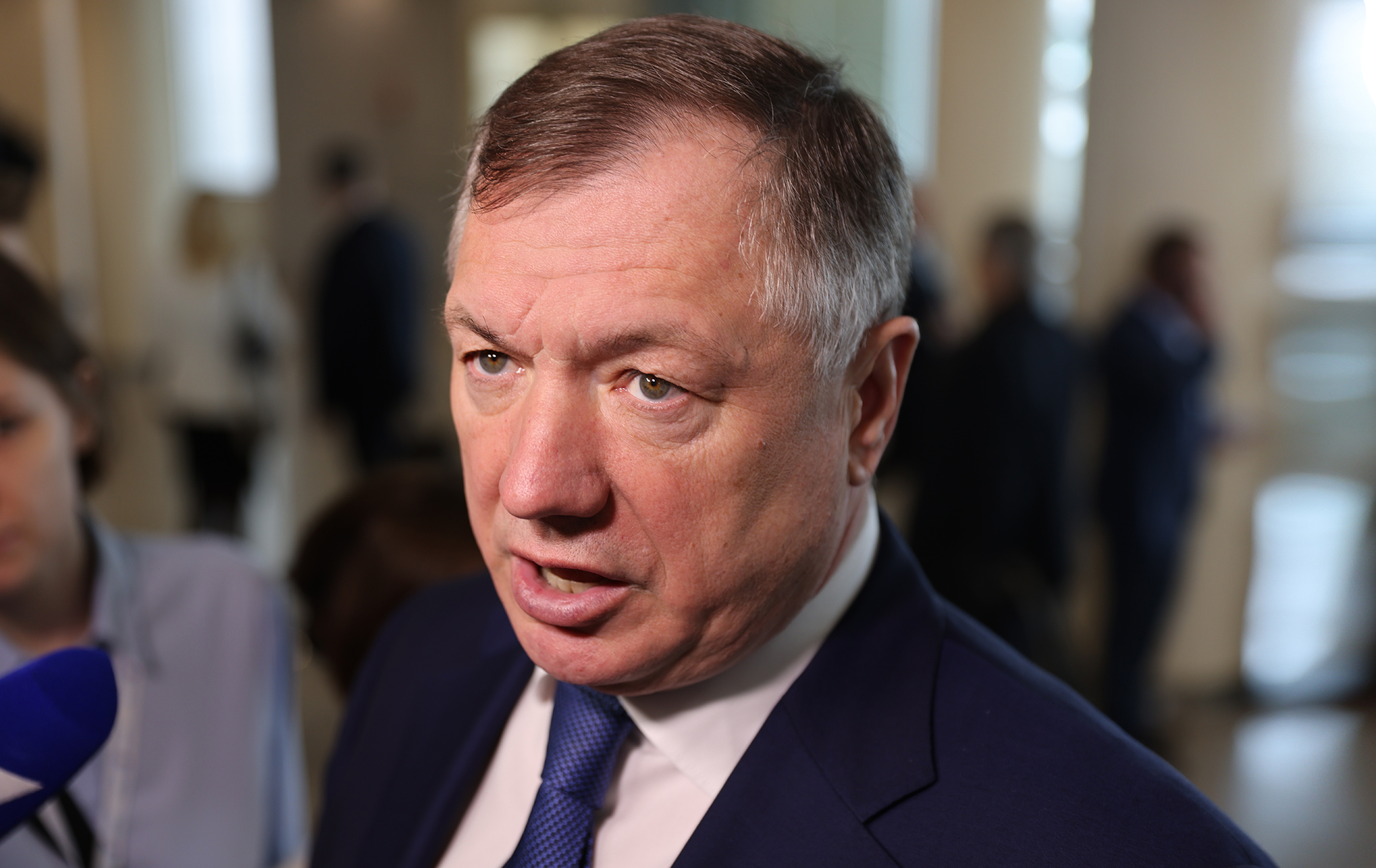 Marat Khusnullin (Photo: Getty Images)
Marat Khusnullin (Photo: Getty Images)
In 2023, Moscow planned to allocate the most funds to the so-called Donetsk People's Republic - 219.3 billion rubles (100 billion hryvnias). The lion's share of this went to Mariupol, which the Russians are rebuilding for show - the city is important to them both as a strategic object and as a potential resort for Russians. In addition, Mariupol is literally an illustration of the brutality of the Russian military, which demolished entire neighborhoods with aircraft bombs and killed tens of thousands of people in their attempts to capture it. Therefore, the construction, according to the Kremlin's plan, should help the Russian occupiers change their focus and make the remaining people forget what happened to the city at the beginning of Russia's full-scale invasion of Ukraine.
Most of the construction projects in the occupied territories are carried out by Roskapstroy, also known as Khusnullin's wallet, says Petro Andriushchenko, an adviser to the mayor of Mariupol.
"There is a contractor called Modul. He has built so much that there is nothing left. The only building he has completed is the one opposite the Drama Theatre. They rented it out in the autumn and made a facade on the outside. In the spring, the façade crumbled, and now they are redoing it. And the money is going back to Roskapstroy, meaning that they have received money twice for the same project," Andriushchenko notes.
There are dozens of schemes involving Roskapstroy. Most public procurement is carried out by companies owned by Khusnullin or people close to him. At the same time, no one intends to build quality projects, the main thing is to use the budgets. And if you're lucky, you can do it several times.
A good example of federal money laundering in Mariupol is the Nevsky residential complex. When it was being rebuilt, Putin came to the city and spoke to residents against the backdrop of new skyscrapers. He said that the residential complex was no different from Moscow's residential areas, and one of the residents called it "a piece of paradise". Later, it turned out that people were being evicted from the so-called paradise because not everyone had a permit for an apartment.
 A destroyed building in Mariupol (Photo: Getty Images)
A destroyed building in Mariupol (Photo: Getty Images)
"They (Russians - ed.) came, dismissed us from our homes, jobs, and relatives, and now they have given us mercy. They give us housing, but it's not yours... But you have taken away our privatized living space," one of the residents complains to the Russian news agency Verstka.
But this, as it turned out, is not the main problem of the residential complex. The fact is that the complex itself was built without a sewage system for some reason. The buildings were not connected to sewers, and waste flowed into the basement. "The question arose as to what to do, and they allocated additional funds for construction, but in fact, they built a sewage treatment plant. It is of poor quality, it does not cope, and since June 3rd, the basement has been completely flooded in the house," Andriushchenko says.
In addition to Khusnullin, up to a certain point, the Deputy Minister of Defense of Russia Timur Ivanov was involved in the construction in Mariupol. Opposition journalists conducted an investigation and stated that since the beginning of the so-called construction in Mariupol, Ivanov and those close to him have earned about 17 billion rubles. It is noteworthy that in 2024, Ivanov and several other people were arrested for bribery, including in cases related to public procurement in the occupied territories. At the trial, the former Deputy Minister asked to be released for his involvement in the so-called special military operation. Ivanov's detention is quite illustrative - he was allowed to steal as long as his boss, Sergei Shoigu, was in office. When he was removed, dirt was immediately found on the team.
Most of the money allocated by the Kremlin remains in the Kremlin. But to ensure loyalty among its proteges in the field, they also get a piece of the pie. The gauleiters are allowed to earn money, set their small quotas and kickbacks, open companies, and work on Moscow contracts.
For example, in Melitopol, after the occupation, the local traitor deputy Sergey Zolotariov began distributing humanitarian aid sent to the region by Russia. Then, unexpectedly, he registered the Agroarsenal company and used it to execute government contracts and supply food to budgetary institutions. Having established the necessary connections, Zolotariov soon joined the United Russia party list. Thus, the occupied regions, in addition to being a grey zone where money can be laundered and earned, serve as a so-called social lift for the head of the occupation administration.
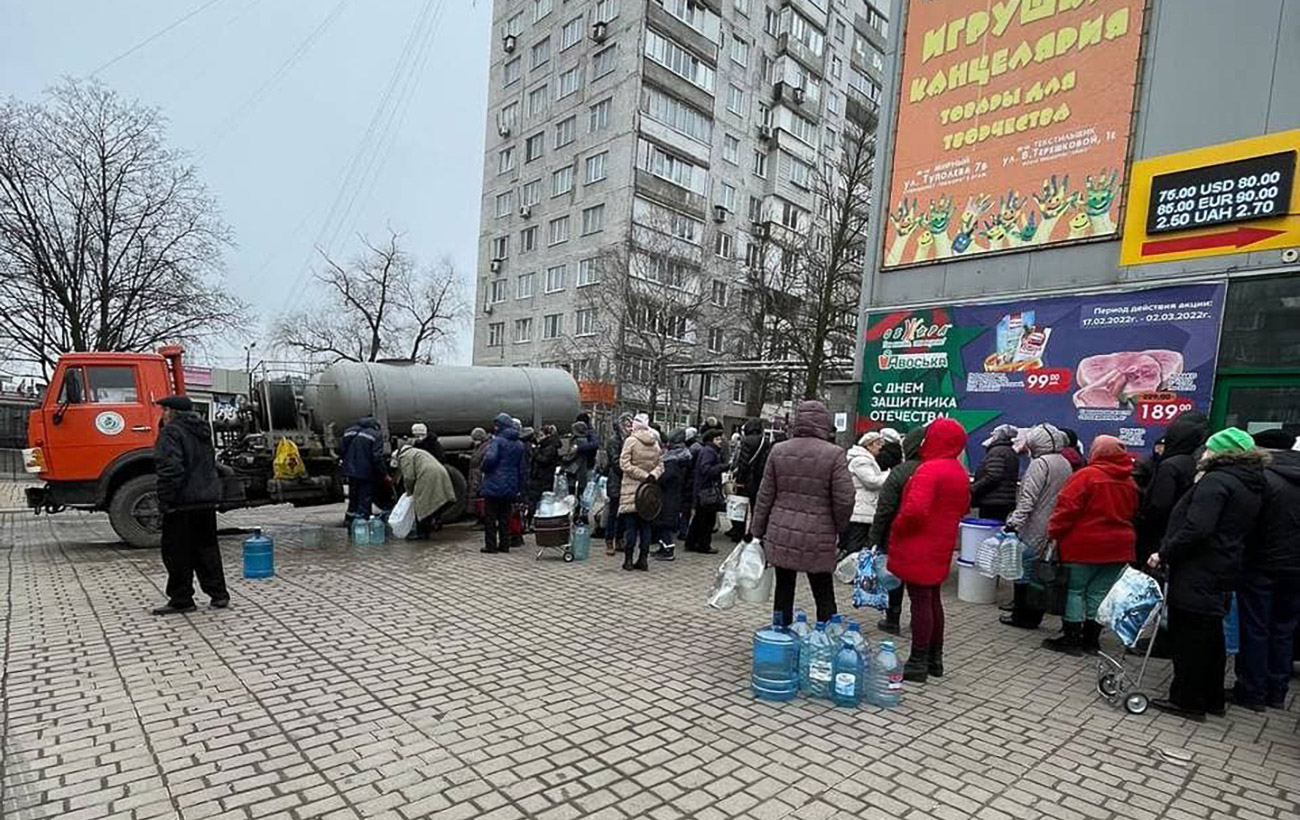 People in Donetsk no longer have centralized water supply (photo: Getty Images)
People in Donetsk no longer have centralized water supply (photo: Getty Images)
Corruption in its various forms is recorded in all occupied territories, and its scale depends on the amount of subsidies from the Kremlin. And while in Mariupol there are large-scale thefts at construction sites, in Donetsk there are periodically quite ridiculous cases, as described by Denys Kazanskyi, a journalist from Donetsk. Some time ago, Russian contractors decided to carry out repairs on Donetsk's central avenue and removed the tiles that had been laid out in 2012. The tiles were carefully stacked and taken away. Later it became clear where they were going.
"The locals were shocked, saying, 'Why? We have great tiles, and instead, they will put some low-quality asphalt. And the tiles, it turns out, are being taken to Mariupol, allegedly to rebuild the city. So, imagine someone has spent billions to buy these tiles, and they are being taken away for free. This is a classic, vivid example of how they are simply robbing and profiting from these corruption schemes," Kazanskyi tells RBC-Ukraine.
Patronage of occupied regions
Another scheme for so-called budget funds development is patronage. Back in 2022, Sergei Kiriyenko said that some Russian regions were taking the occupied Ukrainian lands on bail. At the same time, individual regions of Russia will not only allocate their own money for restoration but will also decide what and how much to restore. This seems rather absurd, at least because local budgets are filled at the expense of the federal budget.
Moreover, most often, Russian regions that take patronage over the occupied Ukrainian regions not even being shelled or occupied look worse than their wards.
"It was very funny when Buryatia took over the patronage of Starobesheve district (Donetsk region - ed.). Everything had always been fine in this district, it was a good place to live. And Buryatia is pure hell, dams are bursting, everything is collapsing, and floods, it's just a nightmare. And suddenly, Buryatia allocates money to lay asphalt in Starobesheve," Kazanskyi says.
According to the Russian Vazhlye Istori (Important Stories - ed.) news agency, 82 percent of regional roads are in critical condition in the Magadan region, which was obliged to restore Zhdanivka in Donetsk region, and 71 percent in Khabarovsk (responsible for Debaltseve). "In total, more than a thousand school buildings in the so-called restoration regions are without central heating, and 800 are without sewage," the journalists adds.
In the case of so-called patronage, the principle is the same: guardians are appointed depending on how much money is allocated for the restoration of a particular Ukrainian region. The more they are, the bigger the boss. While the Saratov region took over Prymoria, Torez, and Khrestivka (a village in the Kherson region - ed.), and the Khanty-Mansi Autonomous Okrug took over Makiivka, the whole of St. Petersburg decided to patronize Mariupol.
There are several goals of so-called patronage: first, it is another way to make money on subsidies. Secondly, this is how the Kremlin makes regional authorities complicit. Now, it is not just Putin and those close to him who are responsible for the occupation of Ukrainian lands. Now the whole of Russia is responsible on behalf of its local authorities.
As Russia seeks to seize more Ukrainian territory, it periodically emphasizes that the people of Ukraine will be better off with it. There will be more money in the regions, more construction, more development. To illustrate its promises, Russia allocates large sums of money to rebuild the regions destroyed by its own army, builds residential complexes, and roads, and erects monuments to so-called heroes of the Eastern Ukraine.
In reality, the restoration of the regions is just a prop for eye candy and the use of budget money. Over the years of Russian occupation, Ukrainian territories have turned into a grey zone, which, in addition to terrorizing the local population, is being robbed and rendered virtually unviable. And while the coastal areas, which can generate income, are still being restored for their Russian owners, the rest of the regions are being squeezed out of everything possible - people are being drafted into the army, factories are being cut for metal, and crops are being harvested and sold as their own. And the longer Ukrainian territories are occupied by Russia, the more irreversible the process of their decline becomes.

